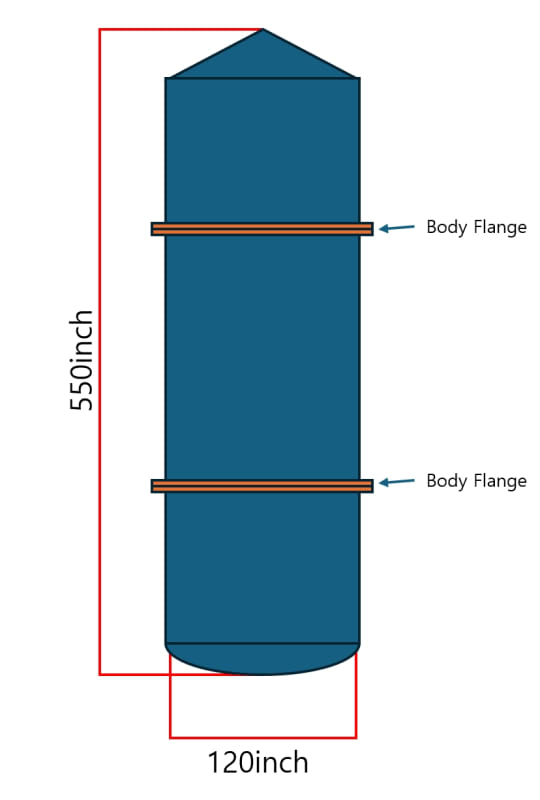I am in desperate need of expert opinion.
Generally I was able to find answers to questions I had by looking through the threads, as many knowledgeable engineers on this forum had already asked and answered those questions. However, this is not the case for this question
We are designing a low pressure vessel with body flanges. The internal pressure is 7.5 psiG
This would correlate to API 620 for low pressure vessels.
However, unlike API 650 there is no body flange calculation.
Thus we are using ASME Section VIII Division 1 calculation for pressure vessels,
and now the flange thickness calculated is much too thick for our design.
We are wondering if body flange thickness can be calculated according to atmospheric standards for this tank.
Any insight into this would be greatly appreciated.
Generally I was able to find answers to questions I had by looking through the threads, as many knowledgeable engineers on this forum had already asked and answered those questions. However, this is not the case for this question
We are designing a low pressure vessel with body flanges. The internal pressure is 7.5 psiG
This would correlate to API 620 for low pressure vessels.
However, unlike API 650 there is no body flange calculation.
Thus we are using ASME Section VIII Division 1 calculation for pressure vessels,
and now the flange thickness calculated is much too thick for our design.
We are wondering if body flange thickness can be calculated according to atmospheric standards for this tank.
Any insight into this would be greatly appreciated.

